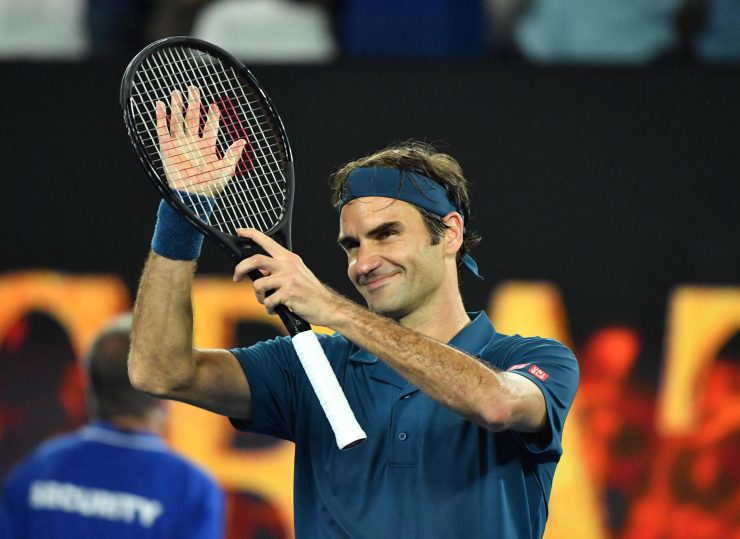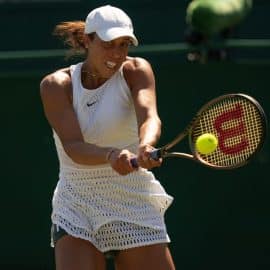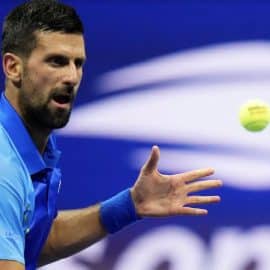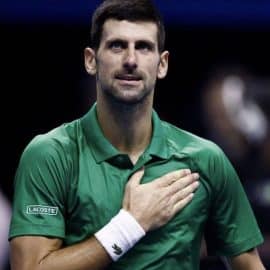Playing tennis at a professional level is not just about the player’s skills. It depends on several factors like mental wellness, diet, physical fitness, discipline, and having the proper equipment like shoes and racquets. If you are at a high level of the sport, having a racquet that matches your style and level is paramount. Professional tennis players must choose a racquet based on durability, size, weight, power, ball control, and responsiveness.
Tennis fans and players are usually curious to know what racquets professionals use so that they can purchase. A player should understand that a racquet that is good for an international player may not be suitable for them. Selecting the right racquet means less elbow pain and more comfort. The first step is to understand the types of racquets in the market.
Types of racquets
The available kinds fall into four categories;
- Power racquets
- Tweener racquets
- Control racquets
- Modern player’s racquets
The grouping depends on the player’s swing type, which can be moderate, slow, and compact, or fast and full. For some players, the swing type is something in between.
1. Power racquets
As the name suggests, power tennis racquets help players to hit with high power and minimal effort. They are also known as game improvement racquets. Therefore, they are ideal options for beginners that are yet to develop the right technique, from generating power to improved skill. At this level, players usually have short compact strokes that improve with time.
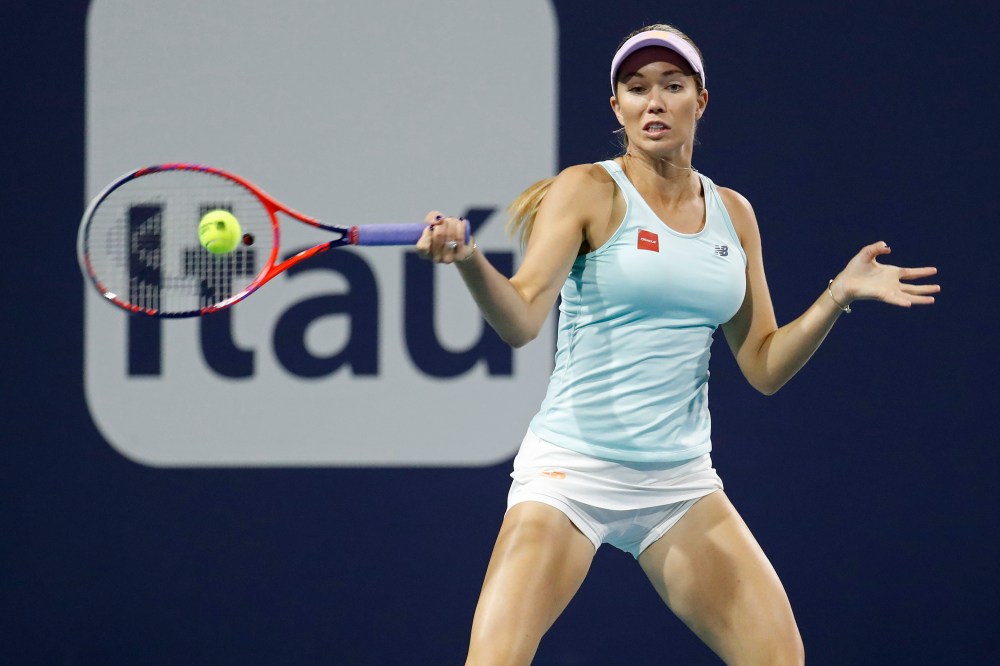
The power racquet is also an ideal selection for smaller players that don’t have lots of strength to win the game. Those who are in their golden years will also benefit from the help that power racquets offer. Some characteristics of these racquets include:
- Extended length – 28 in
- Lightweight construction – 9 oz
- Oversized length – 677.4 cm2
- Stiff frame – 66 or greater
2. Tweener racquets
The name often confuses performers because it doesn’t reflect on the type of racquet and what it offers. Generally, tweener racquets are intermediate level types that provide the properties of both control and power. That is why they are suitable for many players since most have a twist of power and control.
Tweener racquets are ideal for intermediate, beginner and recreational players. Anybody who is getting used to the sport and wants an inexpensive alternative should consider this kind. Its features include:
- Standard length – 68.6 cm
- Mid-sized head – 632.3 to 671 cm2
- Mid-range weight – 10 oz
- Mid-range rigidity – 65
3. Control racquets
Also known as player’s racquets, they are the opposite of power racquets. Those that choose to use this kind don’t want to have a lot of power, and instead, they prefer being in control. The player can place the ball accurately. For you to succeed, you should develop the appropriate fitness level, skill, and technique.
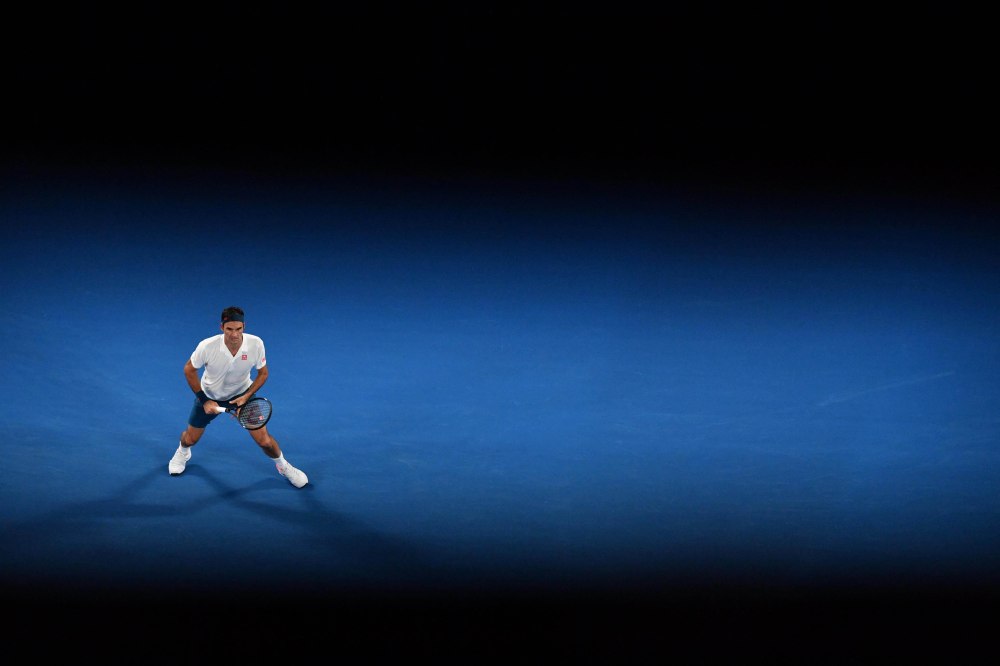
Control racquets are ideal for professional or seasoned tennis sportspeople that have fast, full swings. While this racquet favors a pro player, it is also beneficial to hard-hitting intermediate players that wish to excel in their game. Common features include:
- Standard length – 68 cm
- Heavy construction – 12 oz
- Small head – 600 cm2
- Low to medium flexibility – 60
4. Modern player’s racquets
About two decades ago, many professional players were using control racquets. Recently, tables have turned, and racquets for pro tennis players have evolved. Modern racquets are more massive than the standard length equipment, and they have high stiffness ratings. These features have resulted in increased spin potential and power.
How to find the right fit
Start by determining your skill level and style. The racquet you buy should help you to maximize your performance, have fun on the field, and reduce the possibility of injuries. If possible, consult with a tennis expert to understand your right fit. Make sure you talk to an expert who has the proper experience, credentials and is ready to make time for you.
Add The Sports Daily to your Google News Feed!
